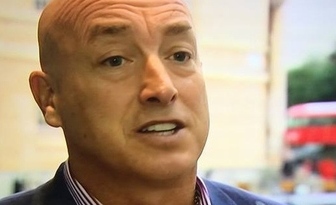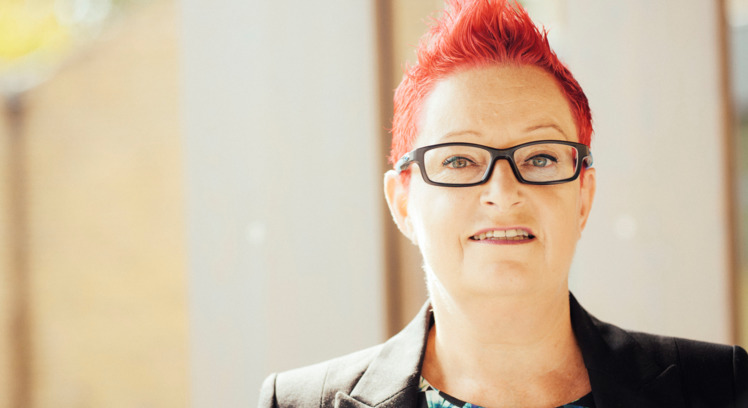A consortium of academic groups and scientists has launched pioneering technology that will allow people to walk the streets of ancient cities and interact with virtual reality reconstructions of their inhabitants.
Dubbed Charismatic, the pan European collaboration also promises to revolutionise the theatrical profession by allowing audiences for the first time to choose whether they watch a play or fly in virtual reality to any point in a production they choose. Developed by the universities of East Anglia, Braunschweig, Stuttgart and the Fraunhofer Institute, Germany’s most influential research organisation, Charismatic will use technology created by the BT, and Televirtual in the UK to create staggeringly realistic VR environments capable of showing the ancient and medieval worlds in all their glory.
First to emerge from the mists of time and onto the goggles of the 21st century tourist will be Athens, Rome, London and Norwich.
Already in Athens work has begun on a VR rebuild of the Agora. Visitors to the site will eventually be able to stand at particular points and see what it would have looked like when it was standing.
Visitors to the cities will also be able to enter special VR theatres where they will be taken through faithful simulations of the streets once walked by our forebears.
An innovation that offers academics the potential for continual fine tuning with archaeologists, plant historians and architectural historians all being able to change the simulations to take account of new discoveries and demonstrate the rate of decay of materials.
Organisations like the Brauschwieg university of Technology and Televirtual have already perfected techniques to create the realistic computer rendering of the same sort of building surfaces and plant patterns seen at certain points in history.
A development that presents the very real possibility of building huge computerised models of our past that can be overlaid with information from a broad range of scientific disciplines to show the effect of climate and geography on the historical growth of our cities.
In the Uk the first use of the technology will be to show visitors to the Globe Theatre exactly how the theatre would have looked in Elizabethan times. A unique view not possible now because of the demands of Health and Safety legislation.
But it is the system’s potential to revolutionise the theatrical profession that is most exciting Tim Child, managing director of Televirtual, an award winning entertainment technology company that pioneered the use of VR on television.
“The be-all and end-all of this is to develop the ability for VR to entertain and inform at the same levels as the theatre.
“If we can achieve the high levels of fidelity that are possible then we can achieve a completely new form of theatre. With this every great performance from now on could be played back in real-time.”
A playback that will involve views of a play that have never been possible before
“In the new theatre it will be possible to watch a performance from behind the eyes of a character involved in the virtual play, or to see a performance being played by you.
”If I were a director I would be sitting around with my head exploding at the possibilities thrown up by this technology.”
A potential to mix technology and theatre already spotted by theatrical innovators like Robert Le Page and Anya Kubrick, daughter of the legendary film-director Stanley Kubrick and co-founder of Palace Opera.
Le Page has already produced a version of Hamlet which threw video images taken from the points of swords used during the duel scene onto a backdrop above Elsinore Castle, while Palace Opera is actively developing VR technology as an enhancement to its performances.
“From our point of view we think it is interesting for people to look at all of the different things that go into a performance,” said Kubrick.
“People are interested in the nuts and bolts of how you wind up with a couple of people on stage. Putting a performance together is like making an elaborate doll’s house, it’s an extension of children’s make-believe and people are interested in that because performance is grown-ups playing.”
Though the use of such technology in the creation of a VR all-time great cast of legendary performances has not been received with the open-armed warmth normally associated in some quarters of the theatrical profession.
VR they say may have its place in the heritage industry but it is not planned in the future of theatre.
“Theatre is an ephemeral art that is the point of it. The smell and the atmosphere are different every time,” said Will Kerley a former assistant director to Jonathan Miller and one of London’s up and coming young names.
“Performances are in their time and of their time and there is something of the moment in them trying to catch them in virtual reality is anti-thetical to that. The last performance I saw was the Seagull in Stratford and while I was watching part of the set caught fire, I doubt whether you would get that in virtual reality but it was all part of the performance,” said Kerley, who is currently rehearsing La Finta Semplice at the Royal Opera House.
Anti-terror expert warns of criminals switching from high street to online crime
One of the UK's leading anti-terrorist experts has warned of a criminal exodus from the high-street onto the internet. ...





